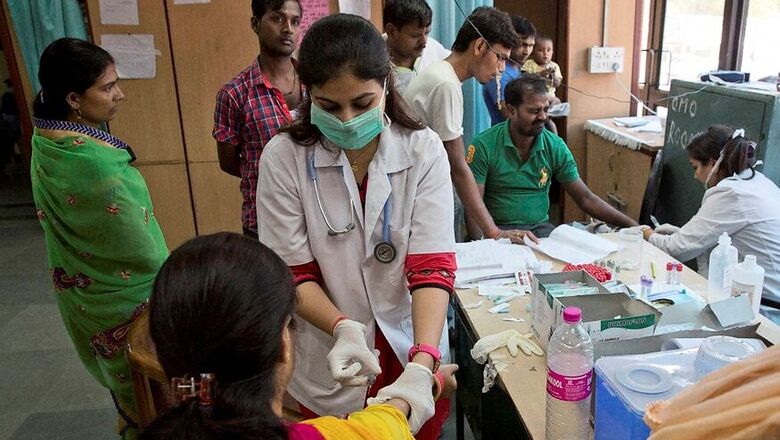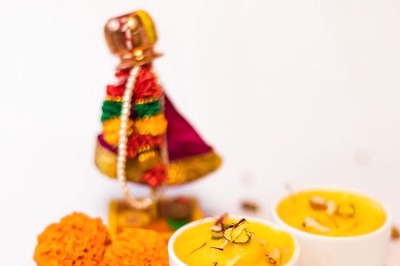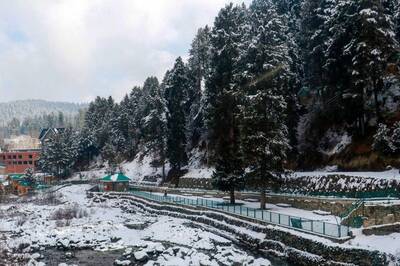
views
Malaria, yellow fever, dengue, chikungunya, and other mosquito-borne diseases are highly prevalent during the monsoon. The bite of infectious mosquitoes that spread these diseases breed in stagnant water can cause these diseases. Thereby, it is advisable to ensure accumulation of water in the vicinity. However, there is confusion among people about yellow fever and malaria. Let us understand these two mosquito-borne diseases in detail.
How do diseases like Malaria and Yellow Fever spread:
According to the Centres for Disease Control and Prevention (CDC), malaria is spread through bite of Anopheles mosquitoes while yellow fever transmission occurs with Aedes or Haemagogus species.
Symptoms of Malaria and Yellow fever:
Some people with malaria and most people with yellow fever will not show symptoms, which makes diagnosis more difficult. Considering both diseases can progress to severe, life-threatening cases, watching out for signs of infection are critical.
Malaria
Symptoms usually appear in 10-15 days in a non-immune person after the infective mosquito bite. The initial symptoms are fever, headache, and chills which is accompanied by sweats, headaches, body aches, general malaise, nausea as well as vomiting.
Symptoms of severe malaria include acute kidney failure, hypoglycemia and neurologic issues. The disease could also lead to haemoglobinuria, which damages the red blood cells. Acute respiratory distress syndrome could also occur, making it difficult to breathe.
Yellow Fever
Initial symptoms of yellow fever include sudden fever, chills, back pain, severe headache, general body aches, weakness, fatigue, nausea and vomiting. If recovery follows, weakness and fatigue might last for months.
According to the CDC, the initial symptoms might disappear for a short period. After the intermission, one out of seven people will then develop severe symptoms which include - jaundice, bleeding, high fever, shock and organ failure.
Diagnosis of malaria and yellow fever:
Both malaria and yellow fever is diagnosed through laboratory testing.
Treatment of malaria and yellow fever:
There is currently no treatment for yellow fever, though hospitalisation is recommended immediately after diagnosis.
Treating malaria depends on various factors, but generally oral medication or intravenous infusion can successfully treat the vector-borne disease. Treatment should be initiated as soon as a person is diagnosed with it.
Patients who recover from yellow fever are thought to have immune against further infection. Meanwhile, malaria could actually cause relapses due to dormant liver stage parasites. Treatment can be used to help stop additional malaria attacks.
Differences between malaria and yellow fever:
Malaria is a disease caused by a parasite with five species known to infect humans, while yellow fever is caused by a virus.
Though the infection of both the diseases can be fatal, death rates for malaria are significantly higher. Although malaria is treatable and yellow fever is not.
How to avoid malaria and yellow fever:
It is rightly said that prevention is better than cure and same is in the case of malaria and yellow fever. A person can prevent himself/herself from falling prey to these mosquito-borne diseases. With the onset of monsoon, people should use mosquito repellent and mosquito nets to avoid being bitten by infected mosquitoes. People should also cover their windows with nets to stop mosquitoes from entering into their houses.
People should also ensure that water is not getting accumulated in the vicinity. Getting the house cleaned with disinfectant is also of great help as it doesn’t allow mosquitoes to breed through. People should use clean water for drinking and cooking.
It is also recommended to wear full-length clothes while stepping out of house to shield oneself from being bitten by mosquitoes.
There is a vaccination against yellow fever. One dose of the vaccine provides lifelong immunisation from yellow fever. However, there is no vaccine as of now for malaria.




















Comments
0 comment